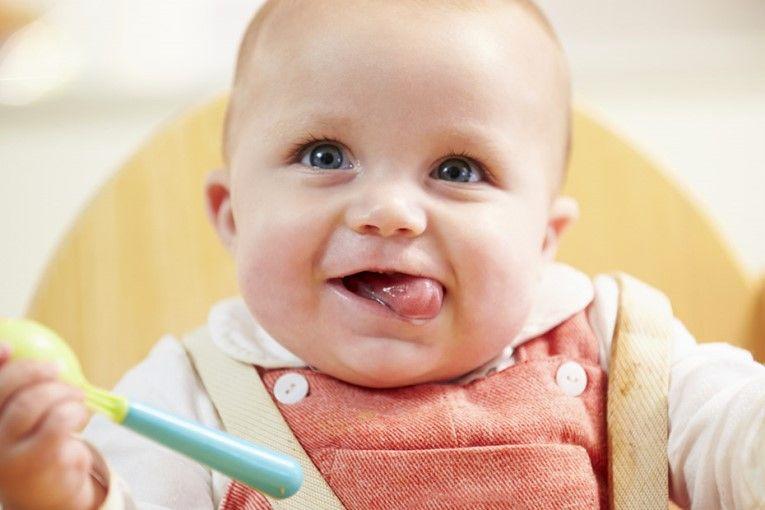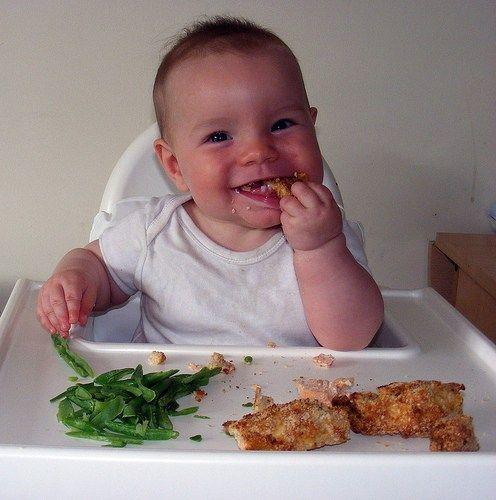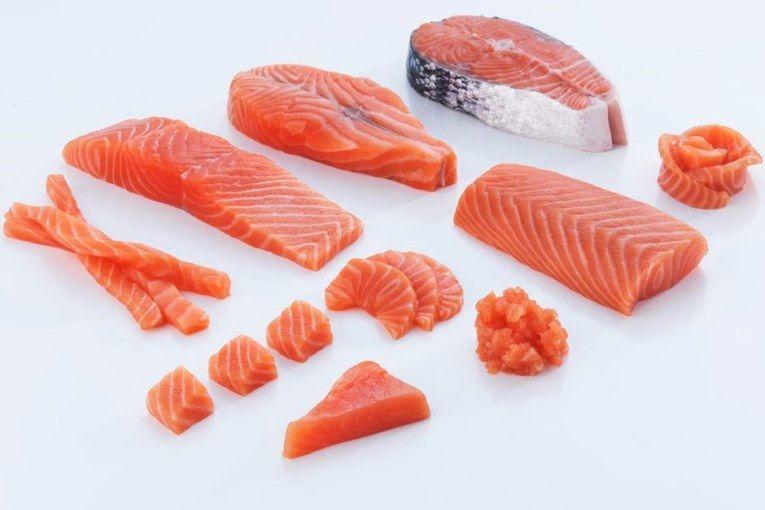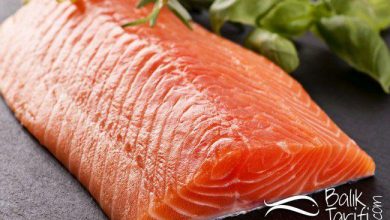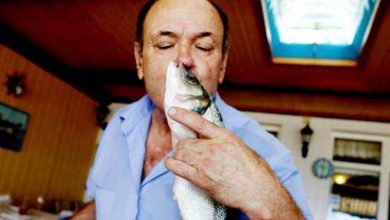Baby and Fish Guide

From the womb, we need omega-3 fatty acids to support brain and nervous system development and healthy growth. After birth, this need is met through breast milk. Omega-3 fatty acids like EPA and DHA are only found in seafood among all food sources. However, breast milk is such a miraculous food that it also contains EPA and DHA, which are typically only found in fish.
For this reason, fish is an extremely beneficial and important food, especially for babies. One of the most frequently asked questions by mothers introducing solid foods to their babies is when and how to introduce different foods. Among these, fish is one of the most discussed and researched.
Globally, doctors recommend delaying the introduction of solid foods as long as the baby is gaining about 400-500 grams per month (sometimes up to 300 grams) through breastfeeding. One of the miracles of breast milk is its content of omega-3 fatty acids. Therefore, we recommend consulting your doctor before introducing fish to your baby.
Based on our experiences and the advice of doctors and nutritionists, we’ve prepared this guide to help parents who want to introduce fish to their babies. If you feel there’s something missing or if you have any questions, please write in the comment section. We will try to respond as soon as possible.
Does My Baby Need Fish?
Omega-3 fatty acids (EPA, DHA) are only found in seafood and breast milk. Since your body cannot produce omega-3s on its own, you must get them from external sources. However, through breast milk, you can provide omega-3s for your baby. That’s why breast milk is one of the most miraculous foods in nature.
As your baby grows, the need for omega-3s, which are necessary for optimal cellular function, increases. However, as your baby starts consuming more solid foods, breastfeeding decreases. Your daily milk production also declines. This gap needs to be filled with fish.
When Can I Start Giving My Baby Fish?
The most important factor when introducing solid foods is whether the food is an allergen. Common allergens include milk, eggs, peanuts, soy, wheat, tree nuts (walnuts, almonds, pistachios, etc.), fish, and shellfish.
If you’ve started solid foods and your baby has no known fish allergies, you can begin introducing fish.
However, each baby’s development is unique, so it’s important to consult your doctor. In our case, when our baby’s weight gain slowed at 7 months, we introduced solid foods, and our doctor recommended starting fish at that time.
Shellfish such as mussels and shrimp are also allergens, so it’s better to introduce them after 1 year.
What Should I Keep in Mind When Giving My Baby Fish?
- First and foremost, ensure the fish is fresh. Spoiled fish is dangerous even for adults. I recommend reading our article, “How to Tell if Fish is Fresh.”
- Make sure to remove all the bones.
- Each type of fish has a different cooking time. Ensure the fish is well-cooked.
- Avoid deep-sea and predatory fish with high mercury levels (listed below).
Can Breastfed Babies Eat Fish? Is There a Risk of Poisoning Due to Breast Milk?
Yes, you can confidently give your baby fish, even alongside breastfeeding. There’s no harm in consuming fish and dairy together. The danger only arises if the fish is spoiled, which would pose a risk to anyone, regardless of whether they consume it with milk.
Can My Baby Eat Fish and Yogurt on the Same Day? How Long After Eating Fish Can They Have Yogurt?
Fish and yogurt can be consumed together, even at the same time. This is a common misconception. There’s no harm in combining fish with dairy. The key is to ensure the fish is fresh. Personally, I have enjoyed fish with yogurt since childhood, and we also give yogurt to our baby alongside fish for variety. However, always ensure the fish is fresh. For more on this, check out our article, “Does Eating Fish with Yogurt Cause Poisoning?”
What Type of Fish Can Be Given at Different Stages?
In the early stages, I recommend starting with white, low-fat fish to get your baby accustomed to the taste.
You can begin with white fish like trout, sea bream, or sea bass, and later introduce richer omega-3 sources like salmon, sardines, anchovies, mackerel, or bluefish. Observe your baby’s preferences—if they dislike oily fish, continue with the ones they enjoy. While some fish are richer in omega-3, all fish are good sources of omega-3. The important thing is that your baby likes the fish.
You can start giving fattier fish like salmon and mackerel from around 7-8 months, though some sources suggest waiting until 1 year.
What Should You Consider About Each Fish Type?
- Sardines and anchovies are rich in omega-3 and low in mercury, making them highly recommended. However, even after filleting, small bones may remain, so be sure to remove all bones.
- Fish like bogue, horse mackerel, red mullet, and goatfish are bony fish. Ensure all bones are removed before giving them to your baby.
- For fattier fish like salmon, mackerel, or bluefish, prepare them according to your baby’s taste. Early on, you can include these fish in soups with vegetables.
- Bluefish is rich in omega-3 but is expensive due to overfishing of its juvenile form, known as “cinema.” Avoid buying juvenile fish to help preserve the species.
How Much Fish Should You Give?
In the initial tasting phase, you can offer 1-2 teaspoons of fish.
From 7-8 months, you can increase the portion to matchbox-sized or the size of a small meatball.
How Should You Cook Fish for Babies?
The healthiest cooking methods are steaming, baking, grilling, or poaching.
Frying fish increases the saturated fat content, so it’s not recommended for babies or children (or even adults, for that matter).
Which Fish Should Be Avoided?
Avoid deep-sea and predatory fish with high mercury levels.
In Turkey, swordfish and shark are among the fish with high mercury levels. Shark is sometimes sold under names like “catfish” or “meatfish,” so be cautious.
Can I Give Farmed Salmon to My Baby?
Natural salmon is one of the richest sources of omega-3. However, it’s difficult to find natural salmon, and farmed Norwegian salmon is widely available. Despite being farmed, Norwegian salmon is considered safe, as antibiotics are no longer used due to special vaccination methods. Farmed salmon still contains significant omega-3 levels.
Is Wild-Caught Fish Always Healthier?
Many parents prefer wild-caught fish for their babies, but it’s important to understand the difference between wild and farmed fish. Wild-caught fish live and feed naturally, while farmed fish are fed artificial feed.
Can I Give Canned Fish to My Baby?
For your baby or child, it’s always better to choose fresh fish over canned. Fresh, unprocessed fish that you cook yourself is the healthiest option.



